
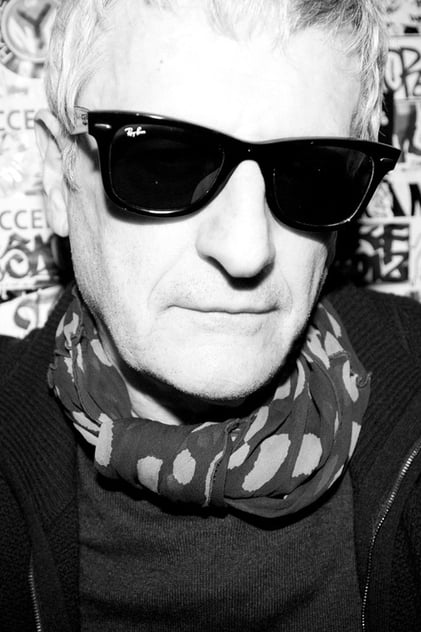
Michel Auder
in Soissons, Aisne, France
Michel Auder’s films, which span in length from five minutes to multiple hours, are all edited from the thousands of hours of footage the artist has casually shot throughout his life. Early on, Auder made a habit of carrying portable video-recording equipment on a daily basis, and so amassed a biographical reel that frequently captured his fellow artists in the New York art scene, including such personalities as Cindy Sherman, Larry Rivers, and, most famously, Alice Neel. Auder did not consider his practice to be factually driven, however: “It was not in any way a documentary, not to be related as truth. This work reflects my own feelings.” Auder’s approach to filming was largely inspired by Andy Warhol’s screen tests, and the experimental films of exponents of the French New Wave like Jean-Luc Godard.
Movies for Michel Auder...
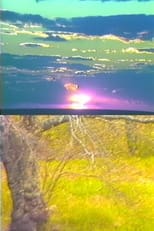
Title: Fictional Art Film
Character: Director
Released: August 14, 2019
Type: Movie
For the past 50 years, Michel Auder has been recording his personal life, creating films and videos that document his own experience and social milieu. His new work, Fictional Art Film, is a composite portrait of Auder’s New York art world during the 70’s and 80’s. The filmmaker recorded his friends, the artists and writers he hung around and admired. These now-famous subjects (which include Alice Neel, Andy Warhol, John Ashbery, David Hammons, Hannah Wilke, Willem de Koonig, and Bill T. Jones, among many others) are shown here both as people and performers, with Auder’s footage often blurring the line between life and art.

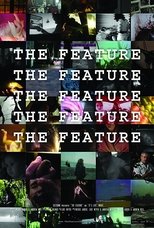
Title: The Feature
Released: November 28, 2008
Type: Movie
The Feature does not reconcile fact and fiction; instead, it blurs the definitions seemingly represented by the film’s two clearly demarcated registers: that of the archival footage and that of the new, theatrical material. In his guise as “Michel Auder,” living a fulsome and extravagant life, replete with beautiful women and a rock-cut pool overlooking Los Angeles, the art world is revealed as a sham, and his character exhibits a repulsive narcissism. And yet, when caught in quiet moments, something poignant emerges—a glimmer of truth that rebels against the entire endeavour. Or maybe, that’s what makes The Feature.


Title: Apocalypse Later - Hudson
Released: January 1, 2003
Type: Movie
Video by Michel Auder.



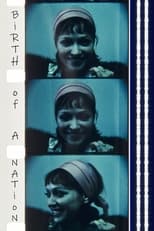
Title: Birth of a Nation
Character: Self
Released: August 6, 1997
Type: Movie
Filmmaker Jonas Mekas films 160 underground film people over four decades.


Title: My Last Bag of Heroin (For Real)
Released: January 1, 1993
Type: Movie
Video recorded in 1986, edited 1993. ”You know you're addicted to heroin when you begin proclaiming every bag to be your last.” Auder says this from experience. Throughout the early and mid 1980s he was an addict. In this candid piece of disclosure he demonstrates a method of smoking heroin referred to as Chasing the Dragon. Drumming his fingers on the table-top while waiting for the high to take effect, heroin use is depicted as a boredom far from bliss. The work ends with Auder in a druginduced stupor, delivering a rambling proclamation about kicking the habit, ”good-bye dope, good bye monkey.”


Title: Chronicles: Morocco
Released: January 1, 1972
Type: Movie
The Chronicles capture the natural and cultural beauty of Morocco from its ancient walled villages to its nomadic caravans. Music comes from everywhere. Edited almost thirty years apart, the two Chronicles together are a study in Auder's approach to his memories. The footage is all from the same trip that was a family vacation. Considering Chronicles/Morocco, 1971 a construct of emotional convenience unfaithful to memory, Auder decided to supplement the first version with a fuller account. The two works feature almost entirely different footage. There are, however, sections where one can see where Auder has omitted Viva. The star of the 1971 version is a young Moroccan Adonis who appoints himself tour-guide for a group of Europeans including Michel. The camera follows his charming antics as he flaunts his nubile body and rather blunt but effective skills as a hunter.

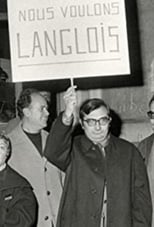
Title: Langlois
Character: Self
Released: September 19, 1970
Type: Movie
Documentary portrait of Henri Langlois, co-founder of the Cinémathèque Française.

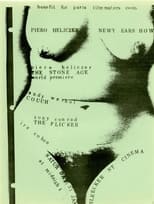
Title: The Stone Age
Released: January 31, 1970
Type: Movie
"The question is, it is either going to be a stoned age or a new Stone Age" - Louis Brigante

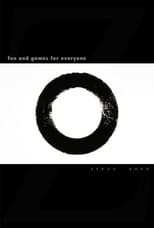
Title: Fun and Games for Everyone
Released: December 22, 1969
Type: Movie
“FUN AND GAMES (FOR EVERYONE): a pitch black and milky white film shot during one of Olivier Mosset's exhibition openings. A psychedelic game of improvisation joins the Zanzibar group with Salvador Dalí, Barbet Schroeder and Jean Mascolo... the solarized image reminiscent of thick strokes of a paintbrush.” - Philippe Azoury


Title: Chromo sud
Released: January 1, 1968
Type: Movie
One of the very few films made by Etienne O'Leary, all of which emerged from the French underground circa 1968 and can be very loosely designated 'diary films.' Like the contemporaneous films by O'Leary's more famous friend Pierre Clementi, they trippily document the drug-drenched hedonism of that era's dandies. O'Leary worked with an intoxicating style that foregrounded rapid and even subliminal cutting, dense layering of superimposed images and a spontaneous notebook type shooting style. Yet even if much of O'Leary's material was initially 'diaristic,' depicting the friends, lovers, and places that he encountered in his private life, the metamorphoses it underwent during editing transformed it into a series of ambiguously fictionalized, sometimes darkly sexual fantasias. - Experimental Film Club


Title: Home Movie : Marrakech
Released: January 1, 1968
Type: Movie
The film begins with shots in Venice, passers-by seized from a hotel room, with Tina Aumont. It continues in Morocco during the filming of Bed of the Virgin, in a hotel room, people chat, play the guitar, smoke.


Title: Homeo
Character: Self
Released: November 15, 1967
Type: Movie
Homeo is a mental construction made from visual reality, just as music is made from auditive reality. I put in this film no personal intentions. All my intentions are personal. I’ve made this film thinking of what the audience would have liked to see, not something specific that I wanted to say: what the film depicts is above all reality, not fiction. Homeo is, for me, the search for an autonomous cinematographic language, which doesn't owe anything to traditional narrative, or maybe everything. Cinema is, above all, part of a way of life which will become more and more self-assured in the years and century to come. We are part of this change, and that’s why I tried in Homeo to establish a series of perpetual changes, in constant evolution or regress, which tries, above all, to focus on things.
